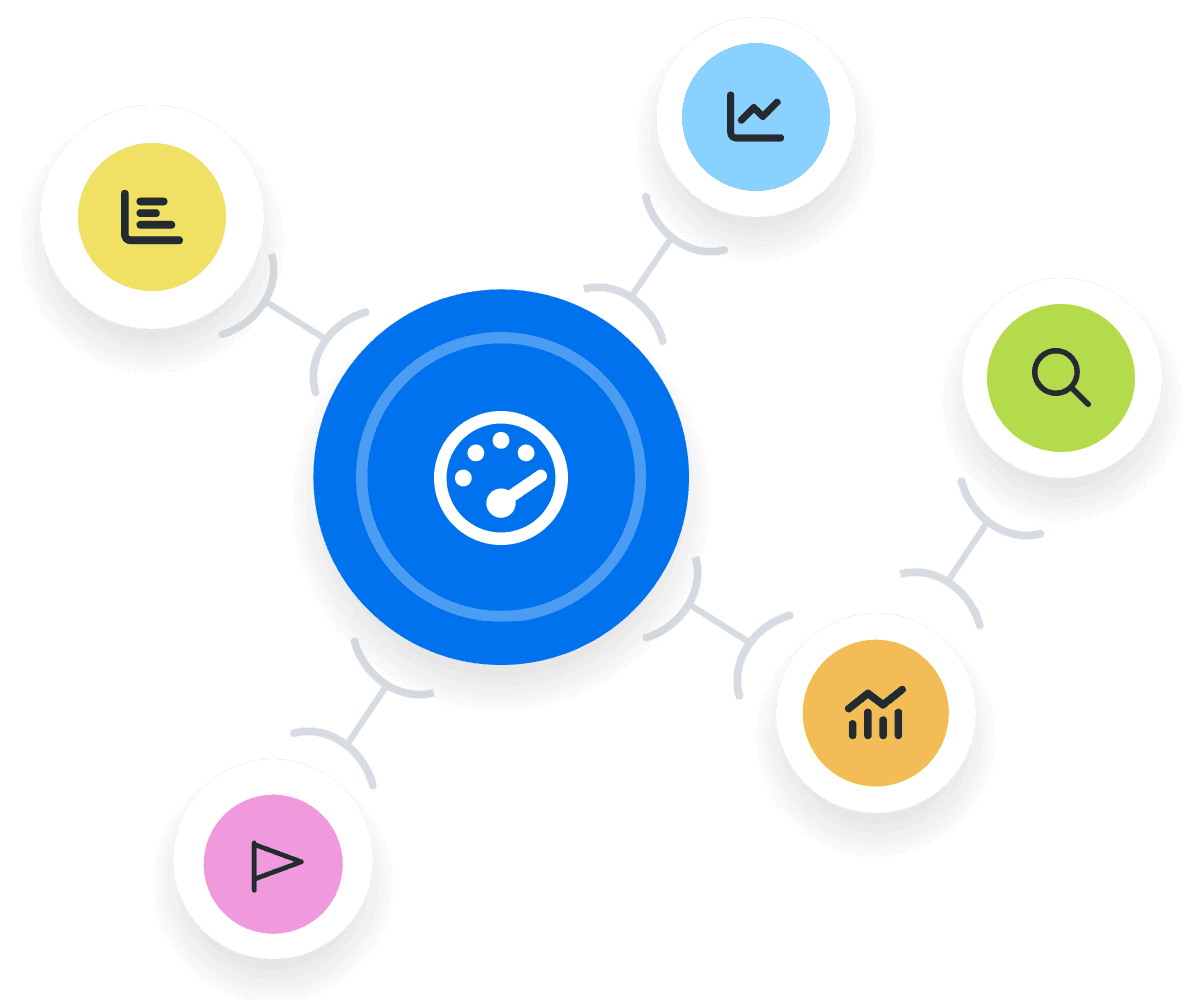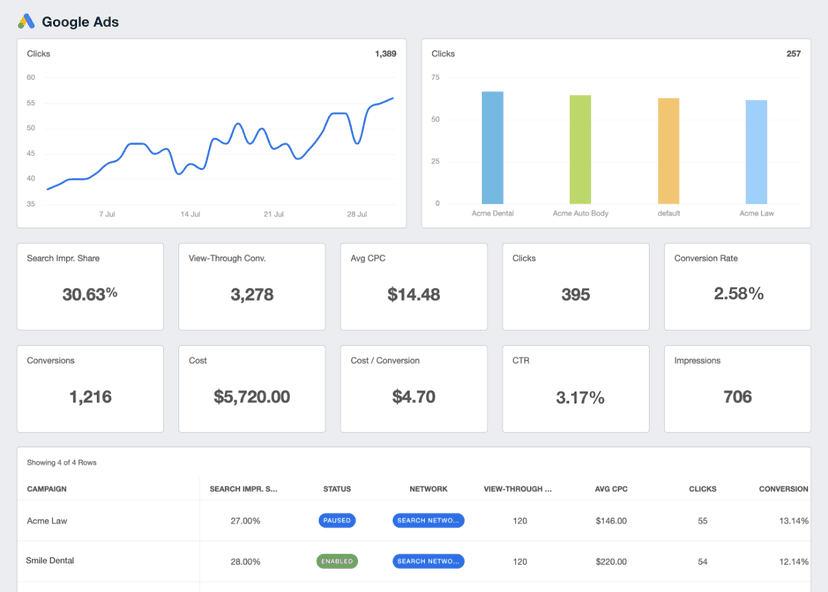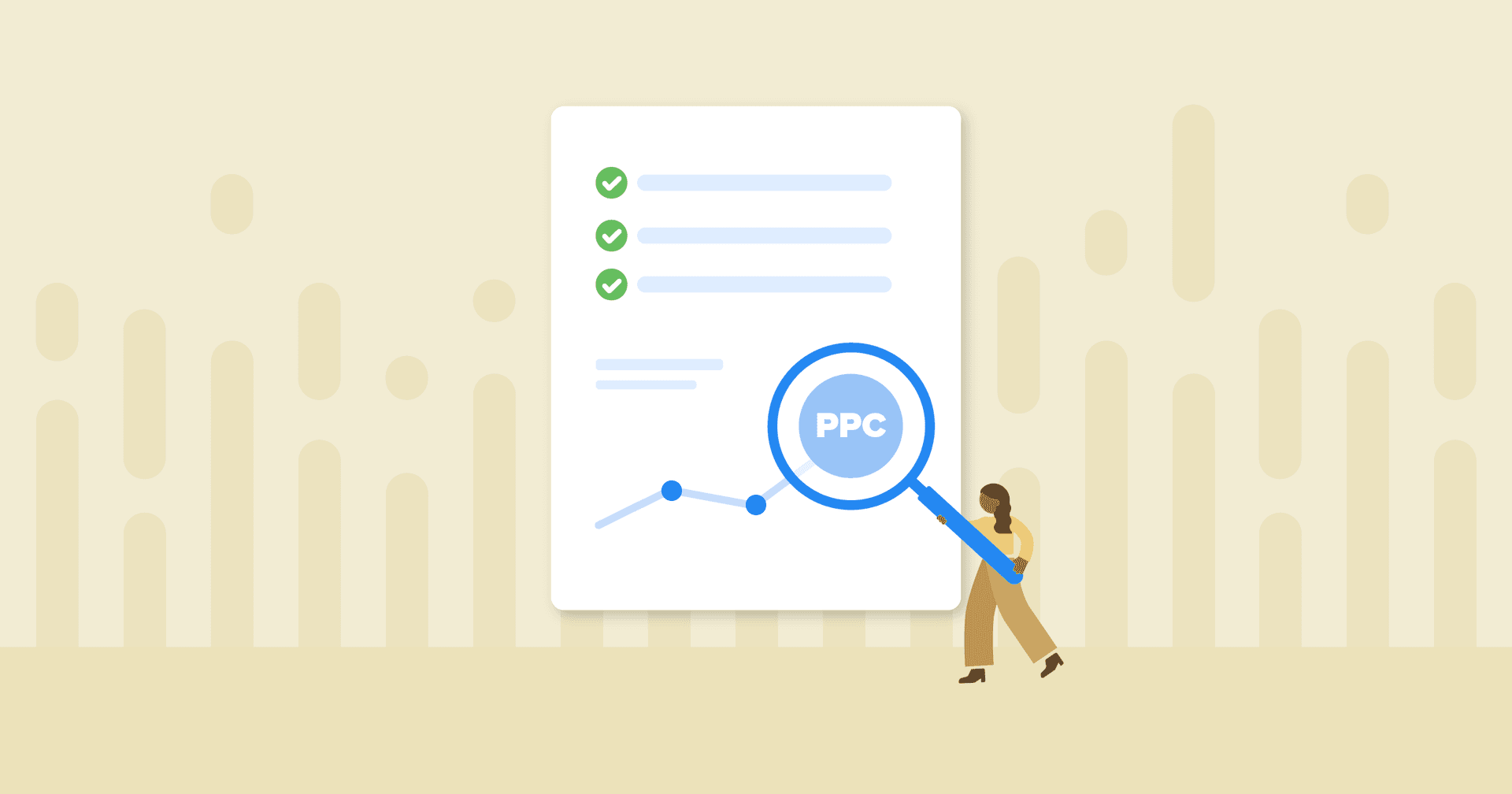Effective Cost Per Thousand (eCPM)
Campaign Optimization
Utilize eCPM to refine targeting and bidding strategies for enhanced campaign performance.
Budget Allocation
Allocate budgets effectively across platforms by comparing eCPM values to maximize ROI.
Performance Analysis
Analyze eCPM trends to identify underperforming ads and adjust for improved efficiency.
Client Reporting
Showcase eCPM in client reports to highlight value and performance optimization efforts.
Why eCPM Is Important for Ad Campaigns
Effective Cost Per Thousand is a key metric that helps advertisers understand the efficiency of ad spend. It calculates the cost for every thousand impressions on ad networks, taking into account the actual performance of ads instead of the bidding mechanism used to place the ads. This metric is crucial because it levels the playing field when comparing the cost-effectiveness of different advertising campaigns or channels, even if they operate on different pricing models.

Stop Wasting Time on Manual Reports... Get PPC Insights Faster With AgencyAnalytics
How Effective Cost Per Thousand Relates To Other Metrics
eCPM offers insights into the cost efficiency of ad impressions, but to get the full picture of campaign success, consider how it interacts with other metrics. For instance, Click-through Rate (CTR) complements eCPM by showing the appeal of ads to the audience; a low eCPM might not be as impressive if the CTR is also low, indicating ads are seen but not engaging.
Similarly, the Conversion Rate, which measures how many users take a desired action, highlights if a campaign is economical and effective. Then there's Cost Per Acquisition (CPA), which calculates the cost to acquire a customer. A lower eCPM typically contributes to a lower CPA, making advertising efforts more cost-effective.
Lastly, Return on Ad Spend (ROAS) measures the revenue generated for every dollar spent on ads. When all else is equal, an efficient eCPM positively impacts ROAS by ensuring ad spend translates into higher revenue.

Key Factors That Impact eCPM
High-quality, relevant ads tend to engage users more effectively, leading to higher Click-through Rates (CTR) and Conversion Rates. Platforms often reward engaging ad content with lower costs, positively impacting eCPM.
The specificity and relevance of audience targeting also impact eCPM, but that trade-off may be worth it. For example, narrowly targeted campaigns might cost more upfront but may lead to a lower Cost Per Acquisition and more revenue if they result in higher engagement and conversion rates.

How To Calculate eCPM
To calculate the Effective Cost Per Thousand (eCPM) for ads, add up everything that is being spent on digital ads and the total number of impressions generated. Take the total amount of money spent on a digital campaign, divide it by the total number of times the ads were shown, and then multiply that by 1,000. This calculation provides a number that represents the cost for every thousand ad impressions.
eCPM Formula Example
What Is a Good eCPM?
Trends suggest that social media platforms typically have eCPMs ranging from $5 to $10, search engine advertising ranges from $20 to $50, and display ads often fall between $2 to $10, depending on the specifics of the campaign and targeting criteria. Anything below these thresholds would typically be considered a Good eCPM.
What Is a Bad eCPM?
A bad average CPM is typically above $50, especially for platforms like search engines where competition for keywords often artificially drives costs up. This high cost per thousand impressions suggests either a highly competitive market, platforms focused on generating ad revenue vs. providing value, or poor targeting that leads to overspending for visibility.
How To Set eCPM Benchmarks and Goals
Understanding the average eCPM for a specific industry, ad type, and platform provides a solid starting point. However, when it comes to eCPM, there's not always a one-size-fits-all answer for what's considered good or bad.
To set customized benchmarks, start by gathering data on past campaigns and industry averages. Look at historical eCPM values to understand the current range and then compare these to available industry data. This comparison helps establish achievable goals for future campaign optimizations. Also, consider the impact of seasonal trends and market competition on eCPM rates to set realistic and flexible benchmarks.
Why eCPM Matters to Clients
eCPM breaks down how much an advertiser pays for their ads to be seen by a thousand viewers. By analyzing eCPM, advertisers identify which ad placements provide the most visibility for their marketing budget. This leads to strategic decisions about budget allocation as well as where to invest to maximize reach and impact.
By calculating the eCPM for each campaign, it is easier to compare the cost efficiency of generating impressions across various campaigns. For example, if three campaigns with different bidding strategies are standardized to eCPM, the differences become more evident. Let’s say Campaign A has a CPM of $5, Campaign B has a max CPC set a $2.00 (driving an eCPM of $8), and Campaign C has a CPA target of $80 (but the eCPM is $7), the client quickly sees Campaign A offers the most cost-effective method for increasing brand visibility.

Why eCPM Matters to Agencies
For marketing agencies, eCPM is a powerful tool for dissecting and enhancing the performance of online advertising campaigns across multiple ad networks. Agencies use eCPM to drill down into the effectiveness of different strategies, helping them make informed decisions about ad placement, choose the right ad formats, and optimize bidding across various platforms.
With eCPM, agencies see which placements are offering the most value for the campaign spend, whether it's a prime spot on a high-traffic website or a niche platform where engagement rates are higher. This analysis ensures that clients' ads are seen by the right people at the right time, maximizing visibility and impact.

eCPM From the Publisher’s Perspective
For those with ad inventory to offer, Effective Cost Per Thousand Impressions measures the ad revenue generated per thousand impressions, providing a standardized way to compare the efficiency and effectiveness of ad placements.
Unlike the traditional CPM (Cost Per Mille), which is calculated based solely on how much advertisers pay for a thousand impressions, eCPM takes into account the actual revenue generated from those impressions, making it a more comprehensive metric for publishers looking to monetize ad space on a digital platform.
For publishers, a higher eCPM indicates a more lucrative monetization strategy, as it signifies higher revenue per thousand views. This influences decisions regarding content placement, audience targeting, and the selection of ad networks, such as through Google Ad Manager, or direct advertisers.
Save Time and Money by Automating Your Client Reporting
Best Practices When Analyzing and Reporting on eCPM
Analyzing and reporting eCPM effectively requires precision, understanding, and strategic insight. Here are some best practices that marketing agencies should adopt:
Ensure Data Accuracy
Accurate data collection is fundamental. Verify that tracking mechanisms are correctly implemented across all campaigns and platforms to ensure the data is reliable.
Analyze Over Time
Analyze eCPM trends over time to understand how campaign performance evolves. This helps identify patterns, seasonal impacts, or anomalies that require attention or strategic adjustments.
Compare Across Channels and Campaigns
Compare eCPM across different channels and ad networks to identify which platforms deliver the most value, guiding budget allocation to optimize overall campaign performance.
Put in Context
Understand the broader context of eCPM data. Factors such as market competition, ad saturation, and consumer behavior changes all influence eCPM and should be considered.
Visualize Performance
Use visual aids to make eCPM data accessible and understandable for all stakeholders. Graphs and charts highlight key points and trends more effectively than a table full of numbers.
Align to Client Goals
High eCPM efficiency is valuable, but it must contribute to achieving overarching goals such as increased sales, brand awareness, or customer engagement.
Simpli.fi Dashboard Example

Related Integrations
How To Improve Ad Campaign eCPM
Maximize the impact of advertising efforts with focused improvements to eCPM. By optimizing ad creatives, fine-tuning audience targeting, and strategically choosing ad placements, marketers use the advertising budget more efficiently and improve campaign outcomes.
Refresh Creatives
Regularly update ad creatives to prevent ad fatigue and maintain high engagement rates. Test different designs, messages, and calls-to-action to find what resonates best with the target audience.
Diversify Ad Formats
Don't stick to one ad format. Experiment with various formats such as video, carousel, or interactive ads to see which performs best in terms of engagement, conversion rates, and eCPM.
Adjust Bids
Use automated bidding strategies where possible to optimize bids in real-time based on ad performance data. This helps generate the best possible ad placements at the most efficient price.
Related Blog Posts
See how 7,000+ marketing agencies help clients win
Free 14-day trial. No credit card required.











